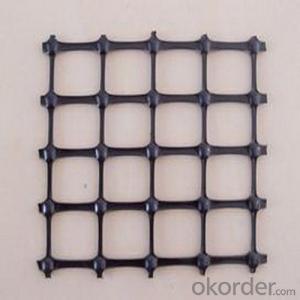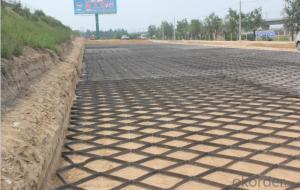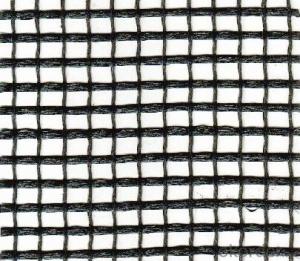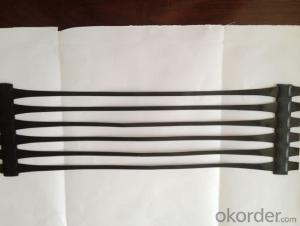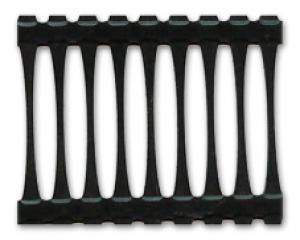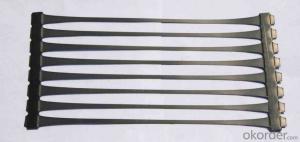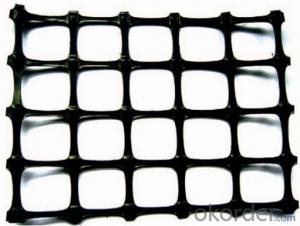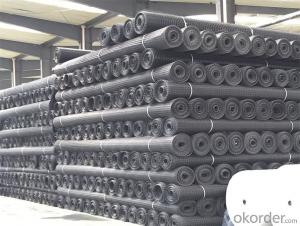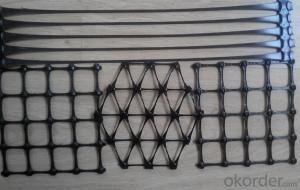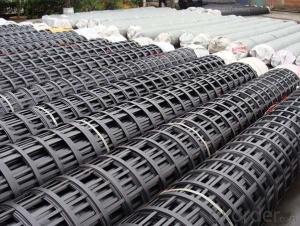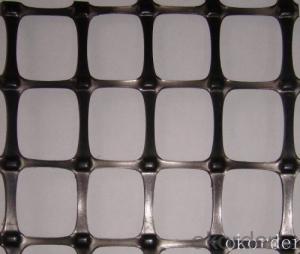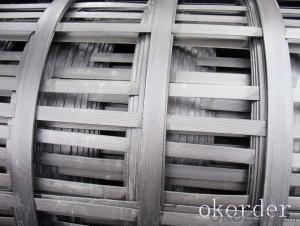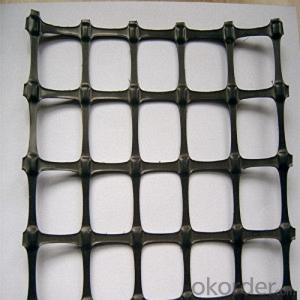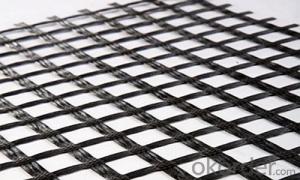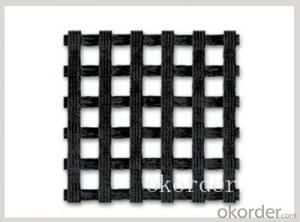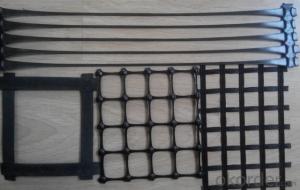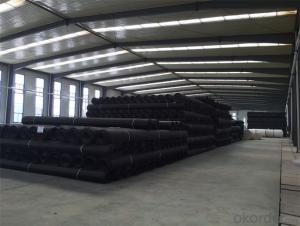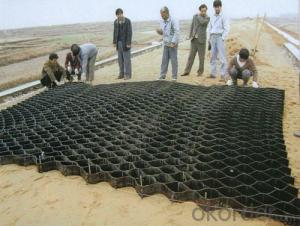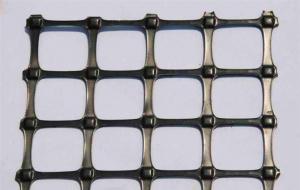Geogrid For Driveway
Geogrid For Driveway Related Searches
Geogrid For Driveways Geogrid For Gravel Driveway Driveway Geogrid Geogrid For Roads Geogrid Driveway Geogrid For Road Construction Geogrid For Gravel Roads Geogrid Driveway Installation Geogrid Gravel Driveway Geogrid Grass Driveway Geogrid For Road Stabilization Geogrid Driveway Cost Geogrid Fabric Driveway Geogrid Fabric For Roads Geogrid For Gravel Geogrid For Slopes Geogrid For Pavers Geogrid Walkway Geogrid For Steep Slopes Geogrid Road Geogrid Road Construction Geogrid For Soil Stabilization Road Base Geogrid Laying Geogrid Geogrid For Erosion Control Asphalt Geogrid Geogrid For Horse Paddocks Geogrid Parking Geogrid Road Base Geogrid On SlopeGeogrid For Driveway Supplier & Manufacturer from China
Geogrid for Driveway is a type of geosynthetic material designed to provide reinforcement and stabilization for driveways and other ground surfaces. These grids are made from high-quality polymers and are engineered to distribute the load evenly, preventing soil displacement and improving the overall structural integrity of the driveway. The product is known for its durability, ease of installation, and cost-effectiveness, making it a popular choice for various construction projects.Geogrid for Driveway is widely used in various applications, including residential and commercial driveways, parking lots, and road construction. It is particularly beneficial in areas with weak or unstable soil, as it helps to reinforce the ground and prevent the formation of ruts and potholes. By using this product, contractors and homeowners can ensure a stable and long-lasting surface for their driveways, reducing the need for frequent repairs and maintenance. Additionally, the use of geogrids can help to minimize the amount of aggregate material required for construction, leading to cost savings and a more sustainable approach to ground reinforcement.
Okorder.com is a leading wholesale supplier of Geogrid for Driveway, offering a vast inventory of high-quality products at competitive prices. As a reliable source for geosynthetic materials, Okorder.com ensures that customers receive the best possible products for their construction needs. With a commitment to customer satisfaction and a focus on providing top-notch service, Okorder.com has become a trusted partner for businesses and individuals looking to purchase Geogrid for Driveway and other related products.
Hot Products

